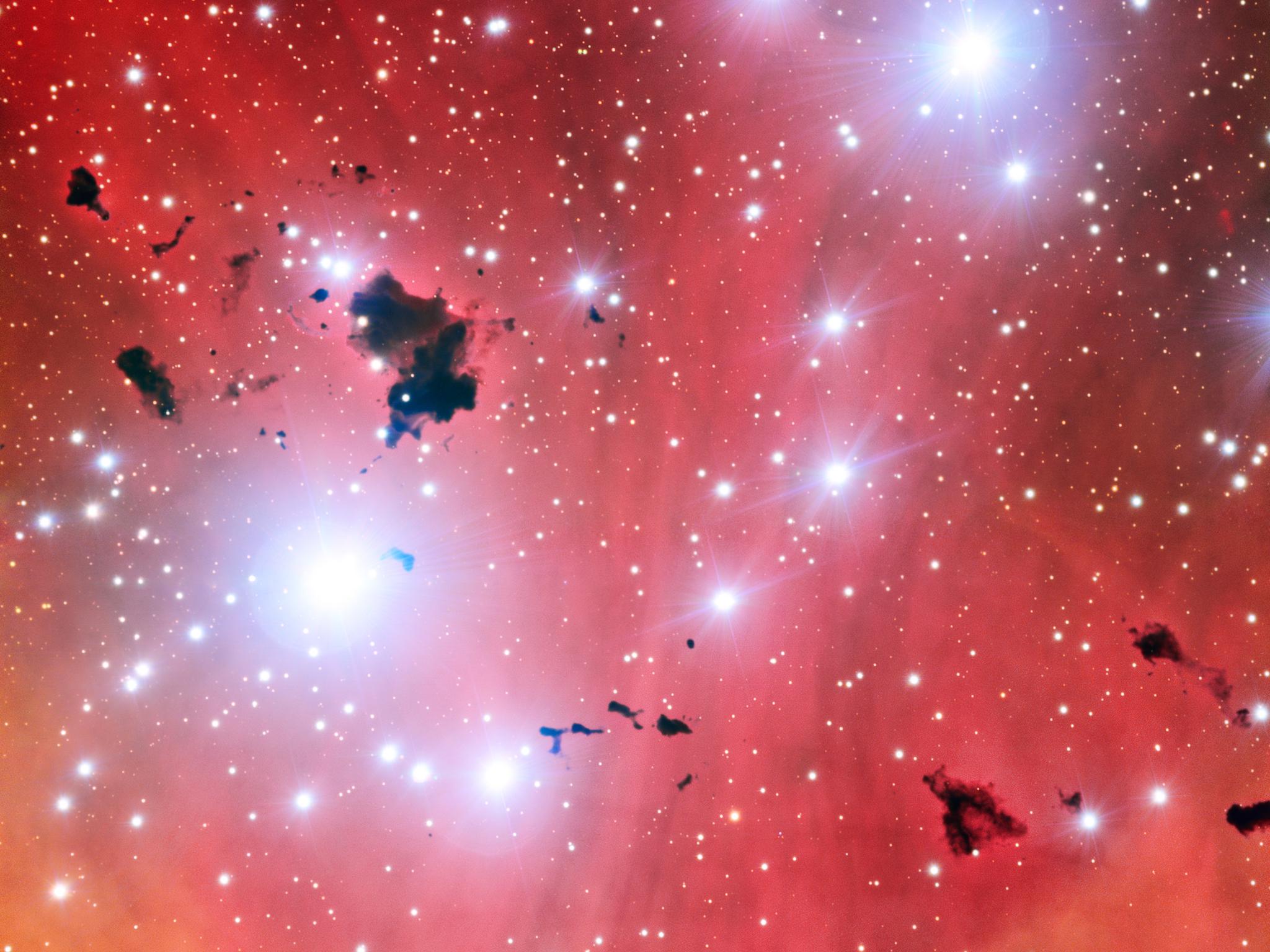The Answer To Life, The Universe — And Everything? It's 63
Over time, the expansion of the cosmos and the passage of light has unlocked 63 orders of magnitude to us, each one a new opportunity for novelty and complexity, says guest blogger Caleb Scharf.
by Caleb Scharf
Nov 12, 2017
4 minutes

Often, as we go through the world, the key is to ask the right question.
When it comes to figuring out the nature of physical reality, part of that process starts at the absolute edge of the observable universe — the cosmic horizon, a distant layer from which light has only just, in this very instant, managed to reach us after more than 13 billion years of racing through space.
This intangible boundary between the knowable and the unknowable is, at present, roughly a thousand, trillion, trillion meters across — should you possess the means to measure it.
At the other end, in
You’re reading a preview, subscribe to read more.
Start your free 30 days



